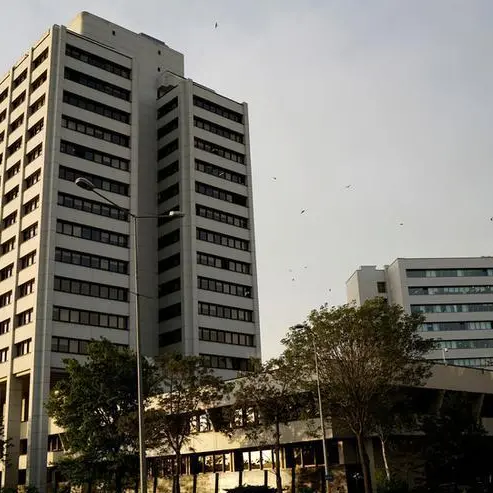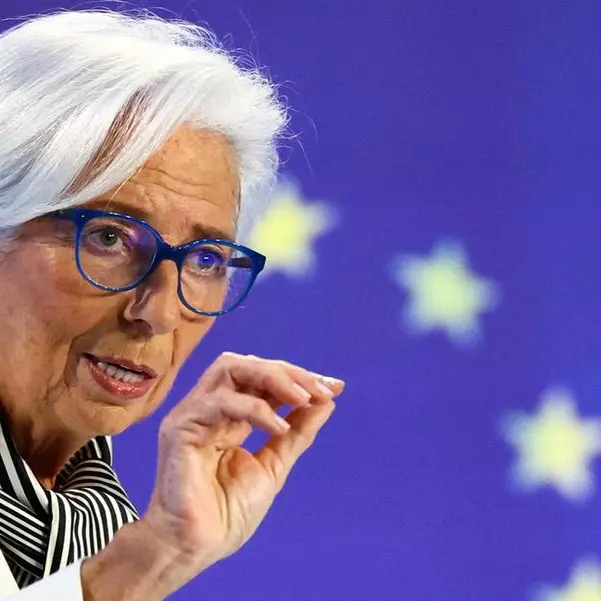PHOTO
Some of the euro zone's top banks may be inflating the value of commercial real estate, potentially masking a deterioration of loans to a sector struggling with a sharp downturn, a European Central Bank inspection found.
Commercial property prices have fallen sharply due to higher borrowing costs and poor demand as firms adjust to post-pandemic realities, with the ECB estimating that prices may have dropped by close to a tenth last year alone.
"The inspection teams have found a range of problems in how banks commission or carry out valuations," the ECB said in a Supervision Newsletter on Wednesday. "With higher interest rates and lower demand weighing on key segments, borrowers are more likely to face debt servicing challenges."
Some banks are using inappropriate definitions of market value and some are not facing up to the reality that the market is in a sharp downturn, suggesting that some of the collateral backing loans may be worth less than assumed, it said.
ECB inspectors found in 2022 and 2023 that some banks were basing valuations on transaction data from 2021 or earlier, arguing that there were too few deals in the more recent past to adjust valuations.
"No adjustment was made to reflect the market downturn and the very different economic circumstances, not least the increase in inflation and in ECB interest rates," said the central bank, which has been conducting an on-site inspection campaign of commercial property exposures.
Some banks are also interpreting market value as being the figure that they hope to achieve when they are actually in a position to sell, even if transactions could take months or even years.
However, valuations must be based on the economic realities on the reference date and not when the market environment may be more favourable, the ECB argued.
The supervisor also objected to banks averaging a number of different valuations.
When valuations differ, banks should question the methodology rather than just accept the figure, it said.
Inspectors also found some banks not applying higher construction costs to new developments and accepting overly optimistic valuations assuming the highest and best use of the property by the buyer.
(Reporting by Balazs Koranyi; Editing by Kirsten Donovan)























